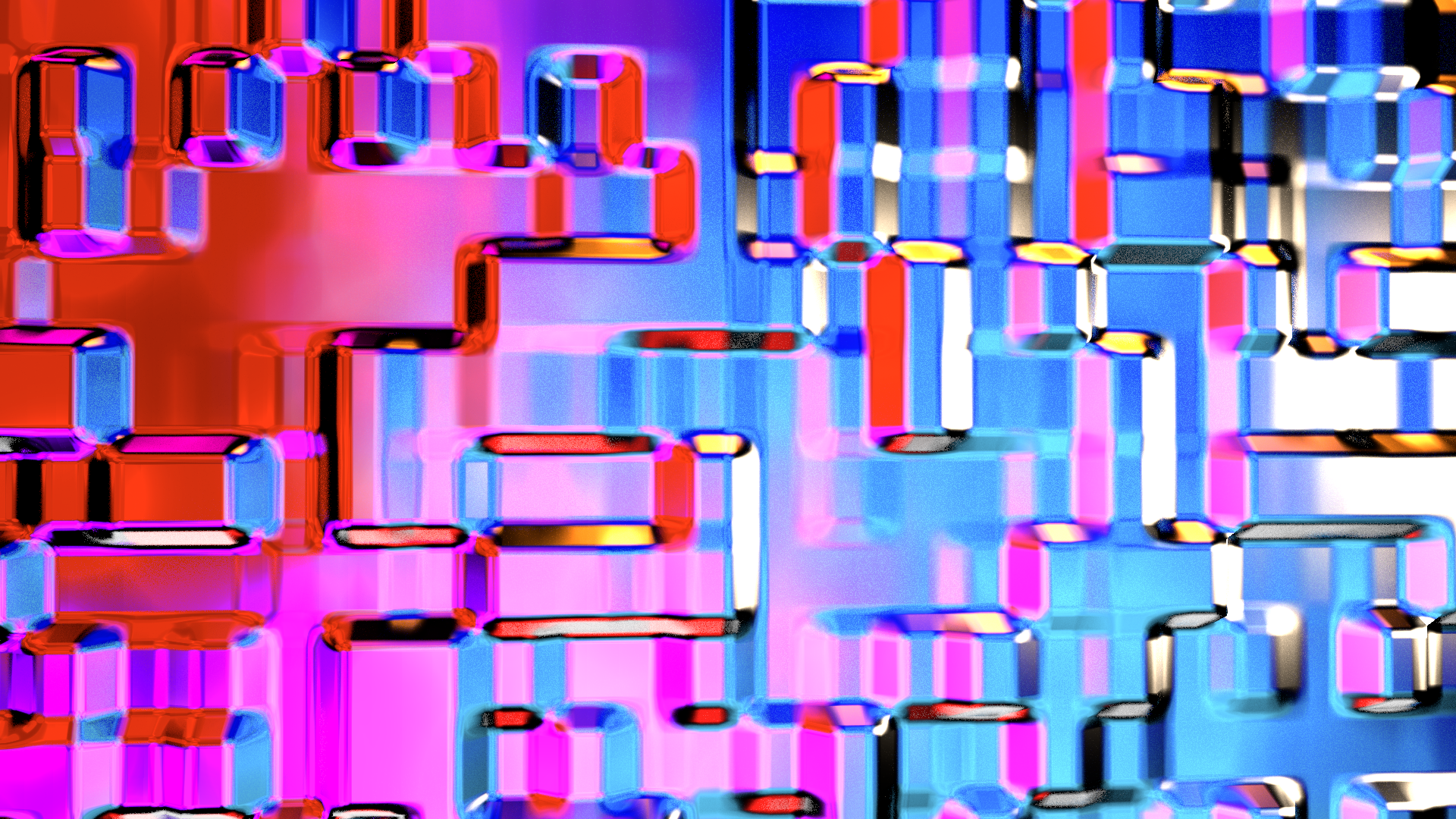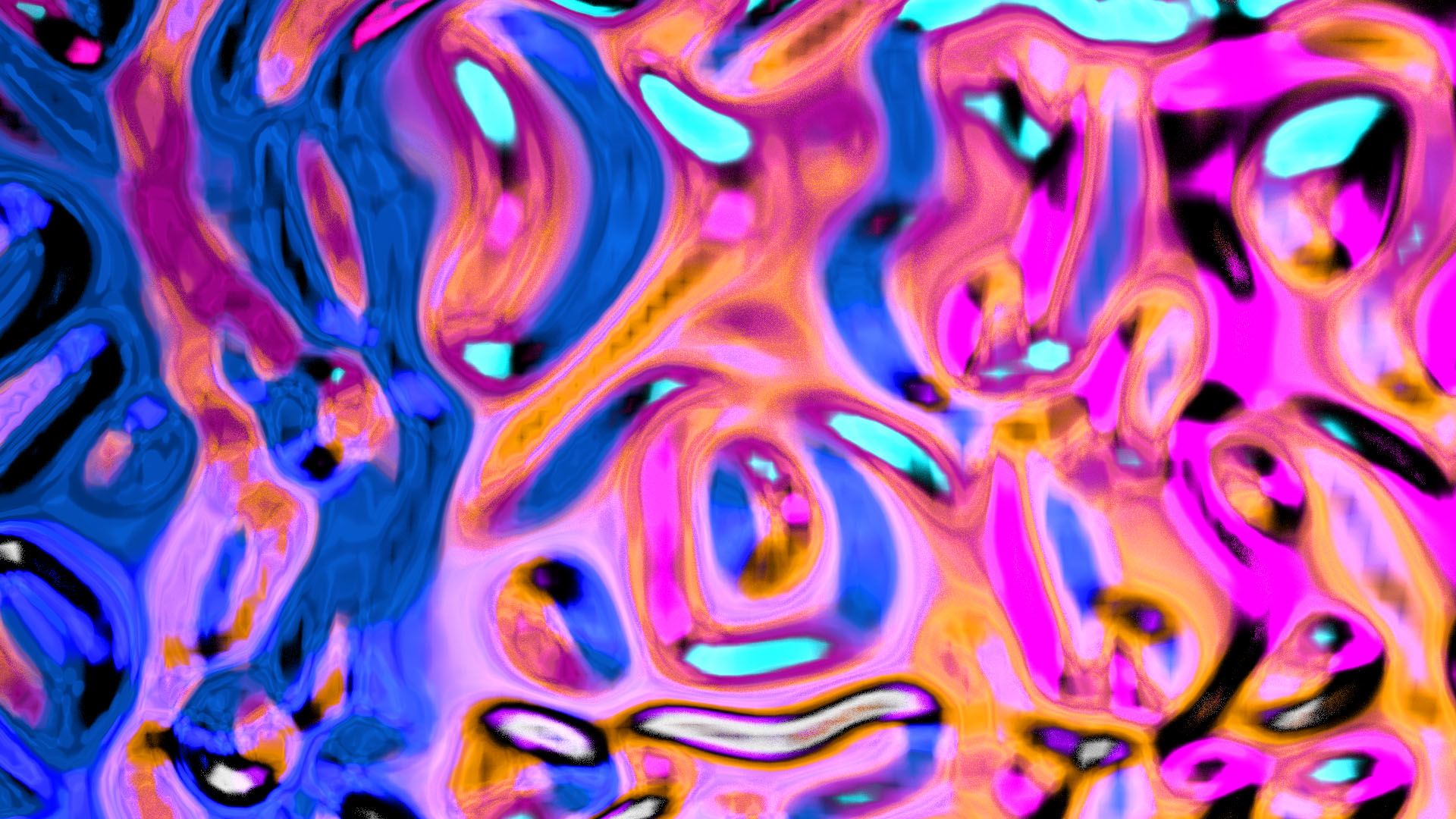Coming to terms with complexity

Unpredictable, multi-dimensional, interconnected, systemic issues. Where do you begin solving them? Could creative practices, such as design, be an effective remedy in the face of complicated problems?
“Listen to the science!” and “We want action NOW!” Environmental and social protests are surging all over the world, from Greta Thunberg and other young people going on climate strike to Extinction Rebellion activists committing acts of civil disobedience. People are demanding immediate and strong action to address the sustainability challenges we face: the climate emergency, the loss of biodiversity and global social injustice and inequality. The world is taking notice and taking initiative, but progress seems frustratingly slow and unambitious. How can we speed things up?
We’ve been sticking to the easy and the measurable
Transitioning from an unsustainable to a sustainable lifestyle requires changing “the system”, a structure encompassing a complex set of interconnected powers. In systems thinking, a leverage point is a place in a system’s structure where a small change can potentially produce a big impact. Leverage points are not unlike acupuncture points on the human body: sites where a strategic intervention can create long-lasting change.
Systems theorist Donella Meadows has identified twelve leverage points. Some of these points are linked to infrastructure and how we can restrict harmful activity or increase safety buffers. We can introduce taxes on emissions, for example, ban the sale of new petrol cars and plant trees and hedges in order to reduce flooding.
Other leverage points are linked to information flows and the way we organise our data and ourselves. We can demand transparency in reporting and act on real-time data. Our laws and regulations govern many kinds of activity, and we can also actively form efficient collaborative networks.
But according to Meadows the highest leverage point in any system is our mindsets, norms and values. Why? Because our mindset guides our behaviour and changing that mindset can deliver a profound impact. A paradigm shift is possible when people are able to let go of their preconceived truths and find meaningful opportunities in a new setting. And when they dare to engage with those who differ from themselves.
The beauty of a major change in mindset is that it’s quite easy for an individual to achieve. All it takes is one single eureka moment, and a new way of seeing comes into existence. The downside is that on a societal level, existing paradigms resist change to the bitter end.
“So far, researchers, policy makers and businesses have focused on taking action on the more straightforward leverage points. These kinds of actions are easily justified since they can be measured, and a clear change can be demonstrated”, says İdil Gaziulusoy, professor of sustainable design at Aalto University. “But the transformative power of higher, more complex and difficult-to-grasp leverage points remain underutilized.”
In a world where time is running out to save the planet, shouldn’t we pursue sustainable change on all levels? And could creative practices such as design play an important role in accelerating that transformation, especially in the more complicated and less easy-to-define areas?

The superpowers of design
The ongoing shift to sustainability is the biggest cultural phenomenon since the agricultural, industrial and information revolutions. It’s definitely not something structured, predictable or procedural. Instead, it’s complex, uncertain and ambiguous.
Design’s superpower is that it has several fundamental qualities — both as a practice and as a mindset — that make it effective in the face of complicated issues. İdil Gaziulusoy says: “Design is a particular way of generating knowledge. It’s less concerned about ‘the truth’ than natural science and engineering are. It’s more open to understanding the problem, working with stakeholders as equals and experimenting on what works in a given context and a given time. With design, we can make interventions in real life, reflect on the learning points and adapt the intervention on the basis of our findings. It’s agile and action oriented. That’s why people are now coming to designers for help.”
Where the more analytical, scientific approaches are excellent at innovating, driving operational improvements and optimizing processes, they are quite poorly suited to bridging the gaps that open up as a result of social, technological and political disruption. Design, by comparison, is exploratory and empathetic by nature and has the ability to pull together seemingly disconnected areas and arrive at something new and meaningful. That sounds like something that could help us address the difficult-to-grasp leverage points as well, right?
Society is accustomed to looking to the natural sciences, engineering and technology for answers, but we should recognize that, when it comes to unstructured, open-ended, multi-dimensional, systemic issues, we need to look further. We definitely need the humanities, social sciences and the arts and creative disciplines such as design as we push for change. In fact, İdil Gaziulusoy is calling for transformation arenas, that would bring together different research areas as well as policy makers, businesses and citizens. We will need widespread collaboration if we are to succeed in our efforts on climate, biodiversity and equality.

Business as usual is no longer an option
What would this mean in practice, in a business setting, for example? After all, businesses are responsible for a large proportion of our emissions and can therefore also play a key role in reducing them. (The truth is that a whopping 70% of all emissions are linked to private consumption.)
İdil Gaziulusoy says: “Whole sectors and industries should come together and start re-thinking: what are our priorities, how do we work, how do we innovate? Open and honest discussions are needed, even on taboo topics such as profit-orientation.
“Completely new laws have come into existence. All organisations will have to prepare for unexpected circumstances, dramatic natural phenomena, changing markets, changes in our consumption patterns and dominant lifestyles. Businesses need to question the basic assumption of what a business actually does and what it’s for. And they need to start developing creative foresight to prepare for the future.”
Now that we know what we know, business as usual is no longer an option. The sustainability revolution has already begun, and only the bold organisations will make it — and prosper — on the other side.
But let’s come back to the question raised at the beginning of this piece: how might one respond to the young climate activists demanding change at a faster pace than before? Perhaps by saying that there’s no silver bullet to solve our long-standing problems. If we want to transition from our outdated system towards something new, we will have to influence a multitude of dynamic components.
İdil Gaziulusoy says: “We need to move on from the dominant single-solution mindset and find ways of accepting that the transition to sustainability is a really complex process. Stop demanding simplification! Make the people in power understand and accept complexity and start addressing it. We have the methods, the ways of thinking, the rigour. But we do have to come to terms with complexity itself.”

İdil Gaziulusoy
İdil Gaziulusoy is Professor of Sustainable Design at the Department of Design, Aalto University, a sustainability scientist and a design researcher, contributing into the emerging field of design for sustainability transitions. She’s a “pracademic”, believing practice is an essential part of good research. She researches, teaches and learns about ways to imagine sustainable, equitable and resilient future systems and take part in developing interventions to achieve these proposals.
Twitter: @idilgaziulusoy
www.idilgaziulusoy.com
Join the online NODUSTalks that bring together researchers with practitioners to discuss topics at the intersection of sustainability and design!

Photo: Veera Konsti
Photo: Veera Konsti
